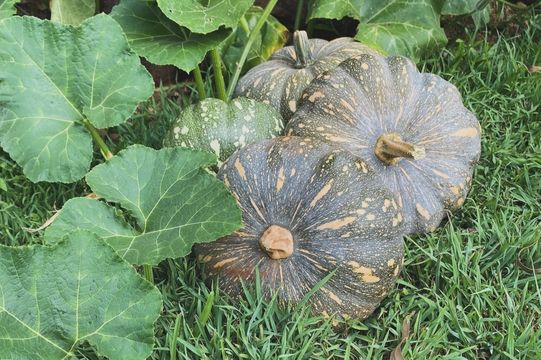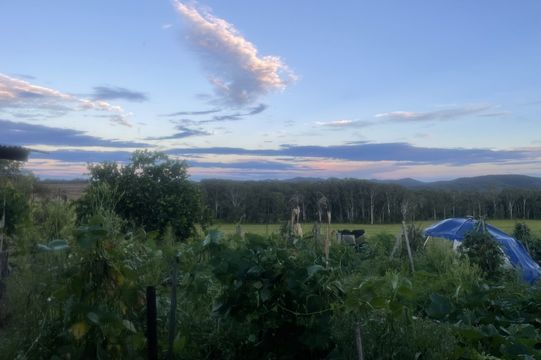Written by Jodie Eden
Imagine for a moment that you live in England. You’re on the opposite side of the planet so summer has just started for you. Today you had a minimum of 10°C and a maximum of 20°C. Sound familiar? England’s summer temperatures are similar our winter temperatures! In these conditions, the English strip off their shirts to go sunbathing, go on picnics and eat salads. They’re out in their veggie gardens using the ‘warm’ weather to get seeds sown.
The English wouldn’t even recognise our winters as cold. Many of our favourite vegetable plants agree. They were bred in cool climates, and their internal thermostats switch off, slowing or stopping growth in hot weather. They can’t deal with the intense sunlight we get on the Tablelands in spring and summer, and much prefer our cool, mild winters.
We don’t even want to think about an English winter – dark, gloomy rainy months spent longing for the sun. In contrast, winters here are beautiful. Our coldest days are clear. A rare frosty morning might occur after a cloudless night, when there was no cloud blanket to stop the previous day’s heat from escaping. On a morning like that, you get out in the garden with two jumpers, a beanie and gloves and do some shovelling, wheelbarrowing, and heavy-duty weeding. Through the cloudless sky, the sun is soon warming your back. Next, you’re stripping off layers and you’re warmer than your partner who is still huddled in front of the fire inside.
As global warming makes cold and frosty weather remarkable, I celebrate a frost. A cold snap slows or kills off insect pests, and my booming winter plants (lettuce, silverbeet and broccoli) thrive with fewer slugs, grasshoppers and caterpillars munching on them.


I am less stressed about transplanting and watering because plants transpire less on cooler days. In fact, my biggest problem is that things grow so well at this time that I optimistically expand my garden beyond what will be manageable once hot dry weather finally comes.
I have some exceptions – seedlings that I continue to mollycoddle in a protected area – but I remove the shade cloth before June. Brassicas (broccoli, cabbage, and cauliflower) are irresistible to white cabbage butterflies, so I always protect these with netting or cages when they are small. Advanced gardeners may want to try getting a few key warmth-loving seedlings up now.
While most garden jobs are astonishingly easy in June, I can’t resist the challenge of trying to raise some seedlings that are most reluctant to get going now: tomatoes, capsicums, chillies, melons, and cucumbers. Why do this? Well, down the track we usually have a brief period in spring where these plants want to take off.
For example, tomatoes want weather that is dry, but not too hot. If you manage to raise an advanced tomato plant by the end of August and plant it out, it usually goes on to produce good fruit before the wet season. But if you wait until September to start planting tomato seeds, your young seedlings will struggle in the dry heat of October, and may die from transplant shock. The story is similar for watermelon seedlings, and starting early is how can you get to eat a homegrown watermelon on a hot, dry day just before Christmas!


The winter warm plant challenge is that these plants generally will not germinate if the minimum temperature goes below 15°C. Usually when I attempt the challenge most of my seeds fail. However, since I save my own tomato, capsicum, chilli, melon, and cucumber seeds, they are dirt cheap! I pop in a few seeds every week throughout winter, and if one in ten germinates, it’s worth it. If you try this at home, don’t give up too soon: seeds that take less than a week to germinate in summer may take more than two weeks to germinate in winter.
These are a few cool ways to enjoy winter in your veggie garden. Be grateful that we live here and not somewhere ghastly. If it all seems too easy, then try the winter warm plant challenge so you can get good at failing before spring and summer make failure all too easy.








